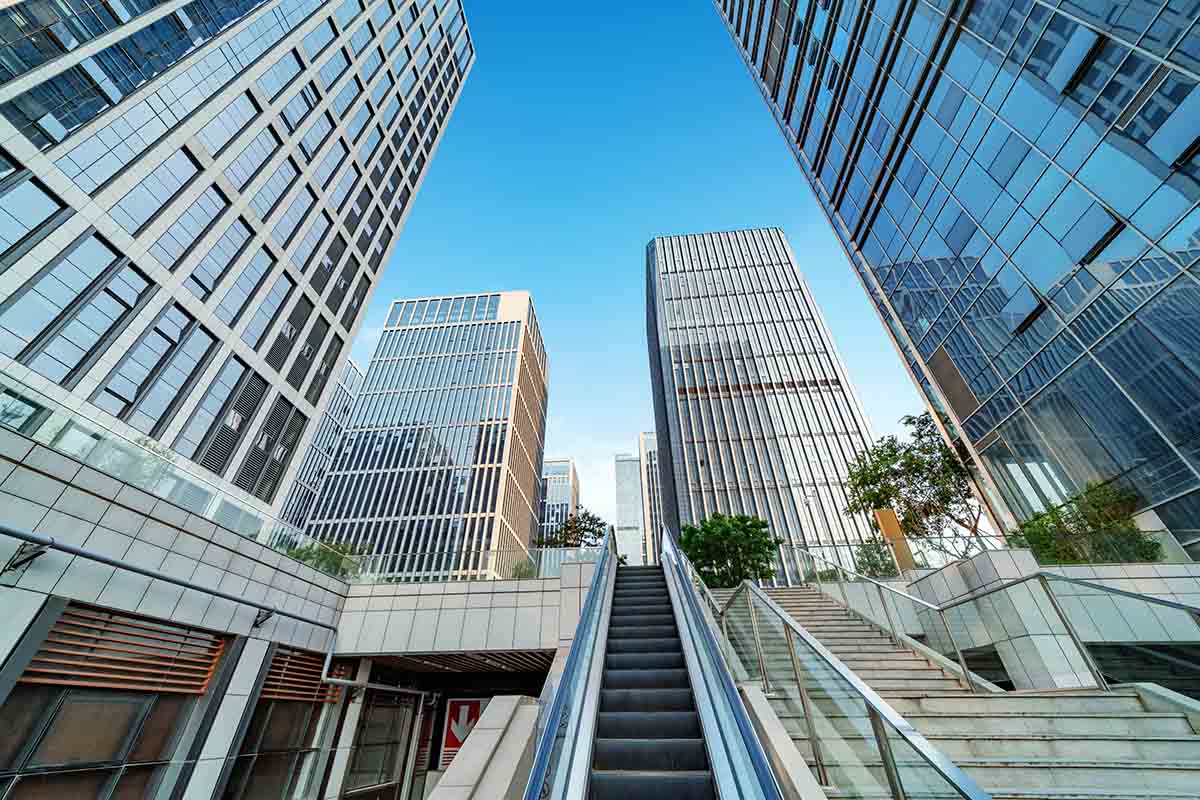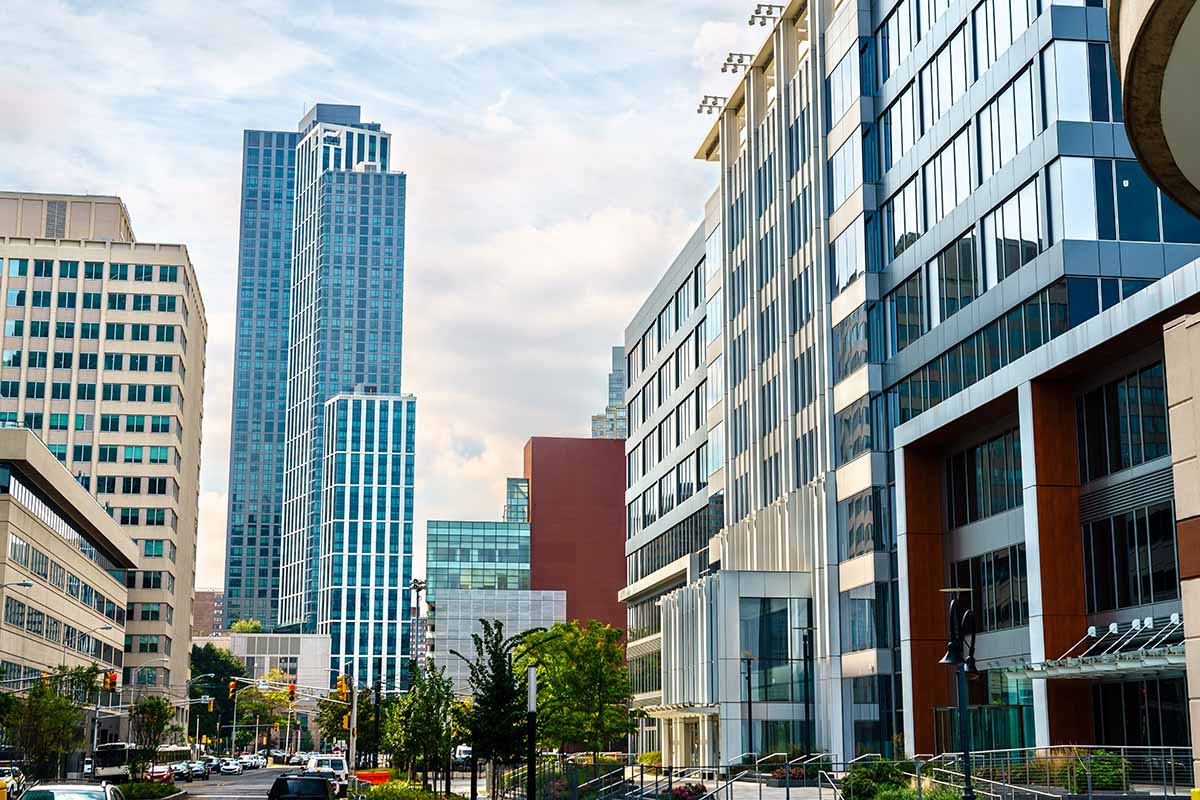Adapting Heavy Industrial Areas for Commercial Real Estate
KEY POINTS
- Navigating zoning laws is crucial: Effective conversion requires aligning redevelopment with local regulations and urban planning goals.
- Environmental cleanup is essential: Prioritizing sustainability in redevelopment attracts tenants and enhances property appeal.
- Flexibility in design pays off: Adaptable spaces cater to diverse commercial needs, ensuring long-term viability and profitability.
A transformative trend has emerged in urban development in recent years: converting heavy industrial areas into vibrant commercial real estate.
This adaptation revitalizes large swathes of underutilized urban land and addresses the growing demand for commercial spaces in cities.
As industries evolve and relocate, they leave behind vast areas that present unique opportunities for redevelopment.
This article explores the potential of these industrial spaces, examining both the challenges and innovative strategies involved in their transformation.
The effective reuse of these spaces requires a nuanced understanding of their past uses and future potential, demanding a multidisciplinary approach involving urban planners, architects, and community stakeholders.
Understanding the Industrial Landscape
Before delving into the transformation, it’s crucial to understand what constitutes a heavy industrial area.
Typically, these zones are designated for activities that have significant impacts on their surroundings due to noise, emissions, and the use of large machinery.
Such areas are often isolated from residential zones to minimize impact. However, as industrial needs change and cities expand, these areas can become prime candidates for redevelopment.
Understanding their historical and environmental contexts is essential for any redevelopment project aiming to minimize negative impacts while maximizing potential benefits.
Regulatory Framework and Zoning Changes
One of the primary challenges in converting industrial zones to commercial use is navigating the regulatory and zoning landscapes.
Developers must work closely with local governments to rezone areas, a process that often involves extensive environmental assessments and community consultations.
Successful conversion projects often hinge on transparent communication and the ability to align the project with broader urban planning goals.
Engaging with community members early in the process helps smooth the regulatory path and ensures the project benefits all stakeholders.
Environmental Cleanup and Sustainability
Environmental remediation is often necessary to address the pollution left by industrial activities.
This process can be costly and time-consuming, but it is crucial for making the area safe for new uses.
Moreover, integrating sustainable practices into the redevelopment can attract tenants and customers who prioritize environmental responsibility, providing a competitive edge in the commercial real estate market.
Developers can set new industry standards in commercial real estate development by adopting green technologies and sustainable building practices.
Designing for Flexibility
Adapting old industrial spaces for new uses calls for innovative architectural strategies.
These buildings often boast expansive open areas and sturdy frameworks, making them perfect for versatile commercial uses.
Incorporating effective track lighting in commercial environments allows for a blend of functionalities—retail, offices, and entertainment venues can all share the same space.
This not only maximizes the area’s utility and attractiveness but also its marketability.
Such flexibility helps the space adapt to evolving market trends, ensuring its long-term success and profitability.
Economic Impact and Community Benefits
Transforming industrial zones into commercial spaces can significantly boost local economies.
New businesses generate jobs, increase tax revenues, and attract further investment into the area.
Additionally, these projects can enhance the community by providing amenities and services that were previously lacking, improving the quality of life for residents.
The ripple effects of such transformations can be profound, extending beyond immediate economic benefits to foster social cohesion and community pride.
Challenges of Infrastructure Adaptation
The existing infrastructure in industrial areas—such as roads, utilities, and public transport—may not be suited to commercial needs.
Upgrading this infrastructure is essential but can be a major hurdle due to the high costs and logistical complexities involved.
Strategic planning and possibly public-private partnerships are essential to address these challenges effectively.
Coordinating these efforts with local governments and stakeholders can lead to innovative solutions that benefit both the project and the broader community.
Case Studies of Successful Conversions
Examining successful projects can provide valuable insights into practical strategies for converting industrial areas.
For instance, projects like New York and London have successfully transformed docks and warehouses into bustling commercial and retail spaces, blending historical preservation with modern commercial needs.
These case studies serve as inspiration and practical guides that new developers can emulate, learning from the challenges and solutions of past projects.
Future Trends in Industrial Conversion
As urban areas continue to grow and evolve, the conversion of industrial zones is likely to play an increasingly important role in urban development.
Trends such as the rise of remote work and the increasing demand for mixed-use spaces suggest that flexibility and innovation will be key to successful redevelopment projects.
Staying ahead of these trends by anticipating future needs and incorporating advanced technologies can position these redeveloped areas as leaders in the new urban landscape.





















